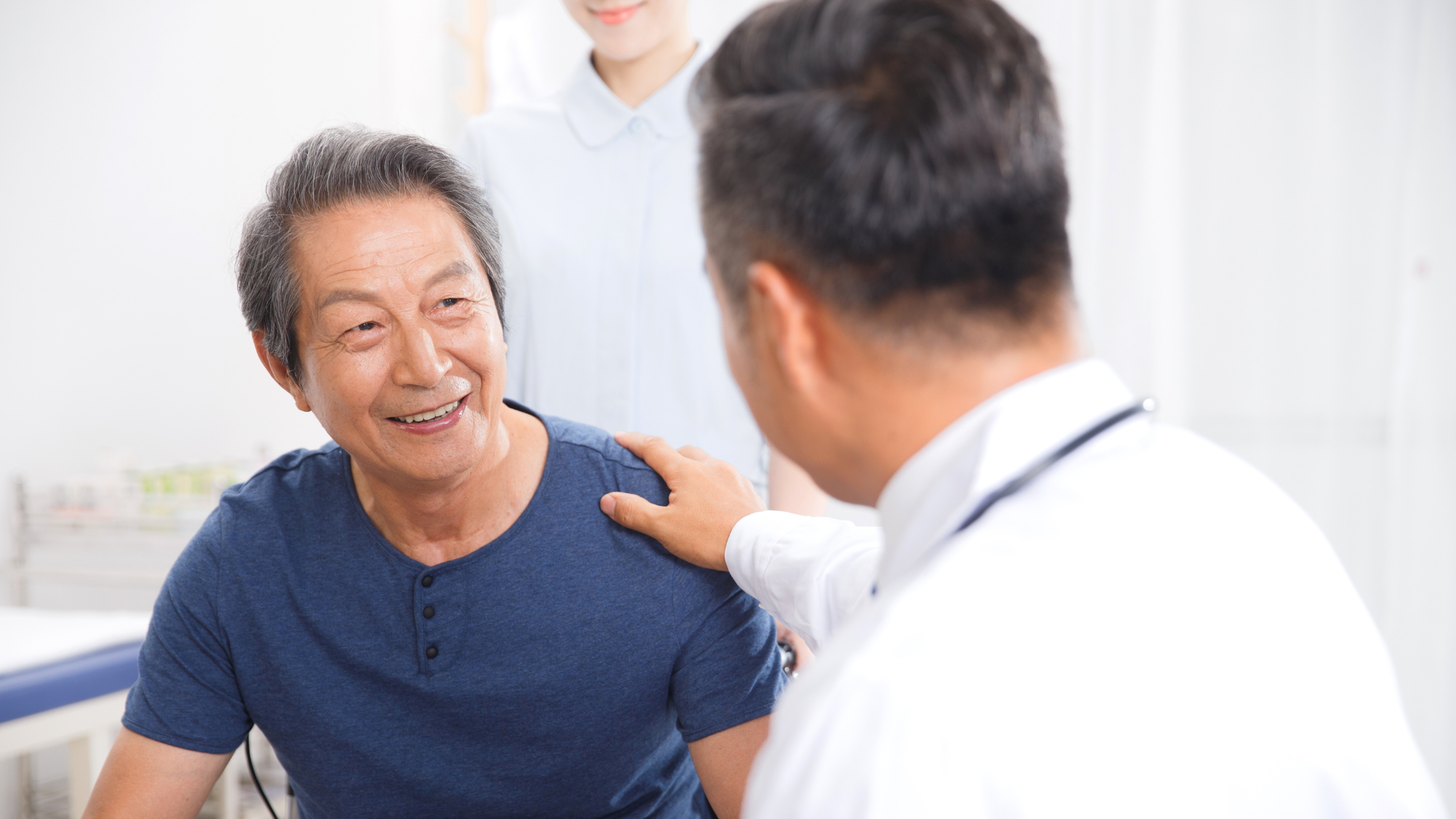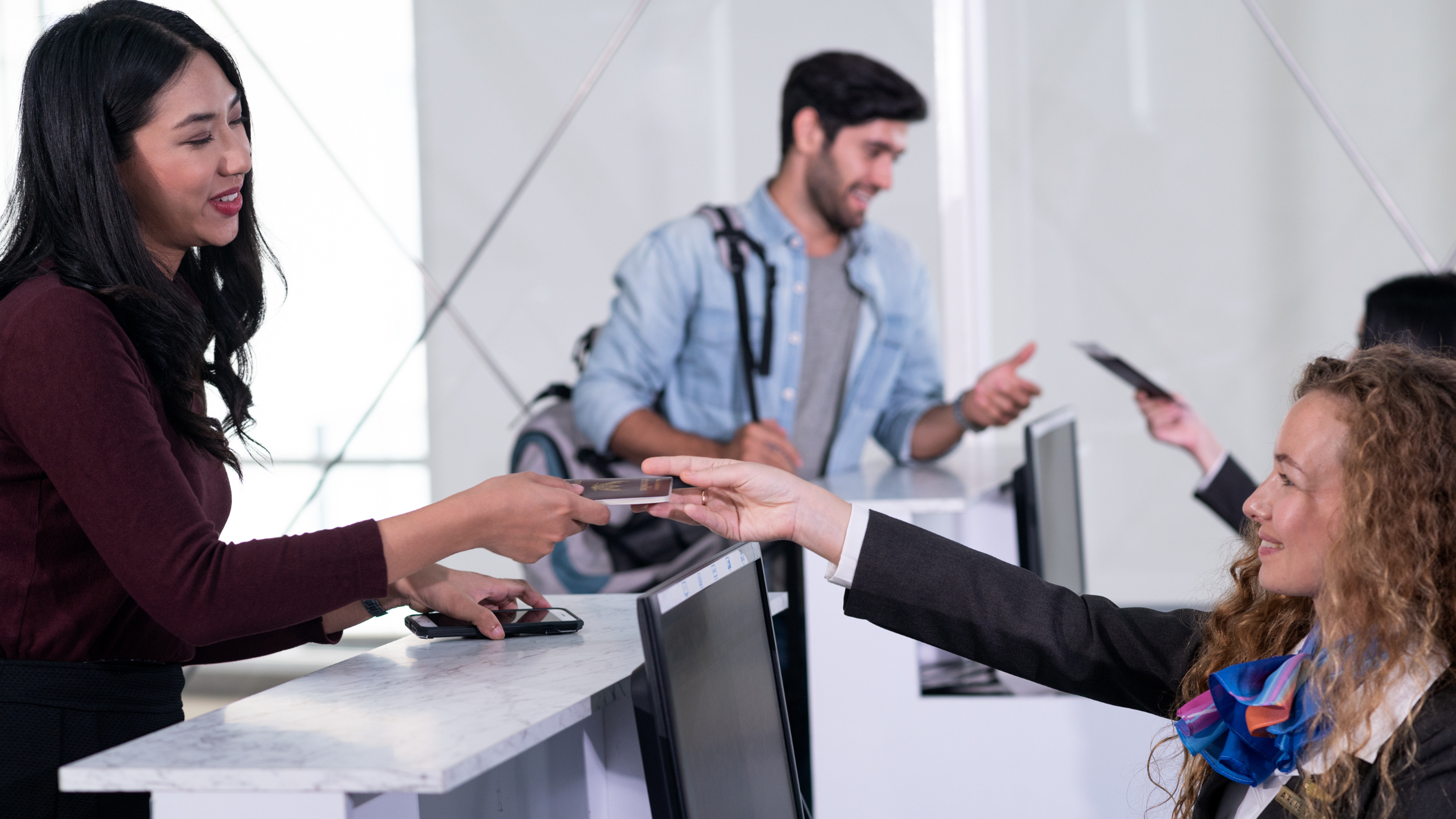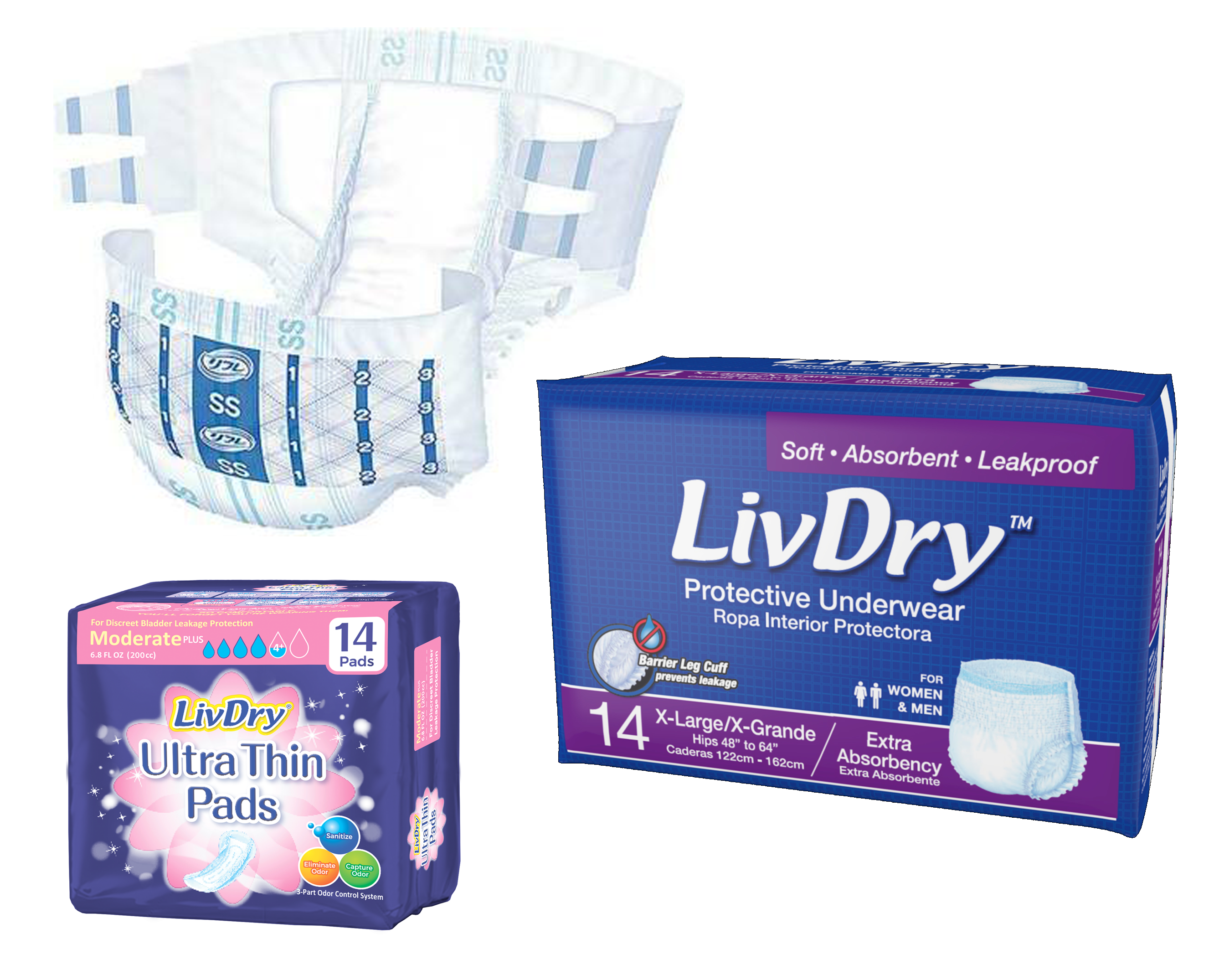Traveling with incontinence? Check Out These 7 Essential Tips
Written by TYE Medical on Jan 18th 2023
Traveling can be a challenge for anyone, but if you have urinary incontinence, the stress intensifies. Whether you’re traveling with incontinence for the first time or are a veteran, running through a few tips before heading out on the road, air, or sea can be helpful.
Planning ahead is always best as you’ll need additional time to strategize, meet with your doctor, and ensure you have an adequate supply of all the essentials for your trip. Here’s your go-to list for how to prepare for upcoming travels.
1. Chat with Your Doctor

Sure, you’ll be tempted to skip this step, but making the effort could really make your trip more comfortable and less stressful. You can address things like prescription refills for existing medication and ask about temporary medication to ease incontinence symptoms while traveling. This is especially helpful if you have OAB (overactive bladder) or bladder pain that intensifies when you travel.
Depending on where you’re traveling, it may be beneficial to have your doctor write a letter to indicate your medication is for personal use only. It can also include details about what the medication is for. This can help with any customs or security delays. And be sure to check if any of your medications are banned where you’re traveling.
2. Watch What You Eat and Drink
When you’re traveling, especially on vacation, it’s easy to shift into vacation mode and indulge in your favorite foods and beverages. But this isn’t always a wise move, especially if you have urinary incontinence or OAB. Be mindful to avoid food and drink that aggravate bladder symptoms and increase urination.
Common bladder irritants include:
- Coffee
- Tea
- Alcohol
- Sports drinks
- Chocolate
- Spicy food
- Acidic food
If you know any of these bother your bladder or aren’t sure if they do, you’ll want to avoid them on your trip.
3. Stay Hydrated

It’s very tempting to skimp on water and fluids to avoid trips to the bathroom or the need to change your incontinence product. But that’s not a great idea. It can actually make your travels more miserable–and no one wants that.
Dehydration actually increases bladder irritation and ramps up symptoms like urgency, frequency, pain, and discomfort. So it’s best to continue getting at least 48 ounces of water or hydrating liquid each day. That translates to six eight-ounce cups.
But keep in mind that many people require more than this to stay hydrated. Another, perhaps more accurate, rule of thumb is to drink half your body weight each day. So a 150-pound person would drink 150 x .5 ounces, which equals 75 ounces of fluid daily.
4. Pack a Go-Bag with Incontinence Supplies
You’ll need access to all necessary supplies on every leg of your journey. Be sure to pack a travel bag that stays with you and remains accessible throughout your trip. This personal bag would include your preferred incontinence products along with extra wipes, disposable bags, spare underwear, hand sanitizer, a change of clothes, and skin cream.
5. Contact the Airline Before You Fly

Some airlines will waive the excess luggage fee if you let them know your additional luggage is due to a medical condition like incontinence. If you’re going away for weeks, you’ll need to bring many supplies with you, and this advantage can be very helpful.
If you’re comfortable disclosing your medical information, this approach could save you a chunk of change. And this is when that letter from your doctor will come in handy since the airline can see that your medical claims are legitimate.
The airline may also help you get prime seating near the bathroom even when those seats don’t seem to be available.
6. Plan Bathroom Breaks
This is especially critical when on a road trip. Modern GPSs make planning restroom stops much easier. You can search along a route in advance and choose the best option for your next stop before an emergency arises. Keeping tabs on your GPS route can also help you spot upcoming traffic jams and delays. This gives you an opportunity to choose an alternative route to avoid being trapped in a car with no bathroom access.
It’s also helpful to give your route a preview before you head out. Look for long stretches without an oasis or rest stop. If necessary, you can look for a different route that has more places to stop.
7. Wear a Robust Incontinence Product
You’ll want to wear premium, super-absorbent incontinence underwear, briefs, or pads when traveling. Unforeseen events aren’t uncommon during travel, and you’ll want to be prepared. A product that will protect you from leaks for many hours is ideal.
TYE Medical offers premium, absorbent, and comfortable incontinence products you need to bring you through your journey leak free.
Check out our products:
- Ultra Thin Pads for light incontinence
- Protective Underwear (pull-up style)
- Incontinence Briefs (diaper style)
Need to stock up? Enjoy discreet and free shipping on all orders! Shop our online store.



